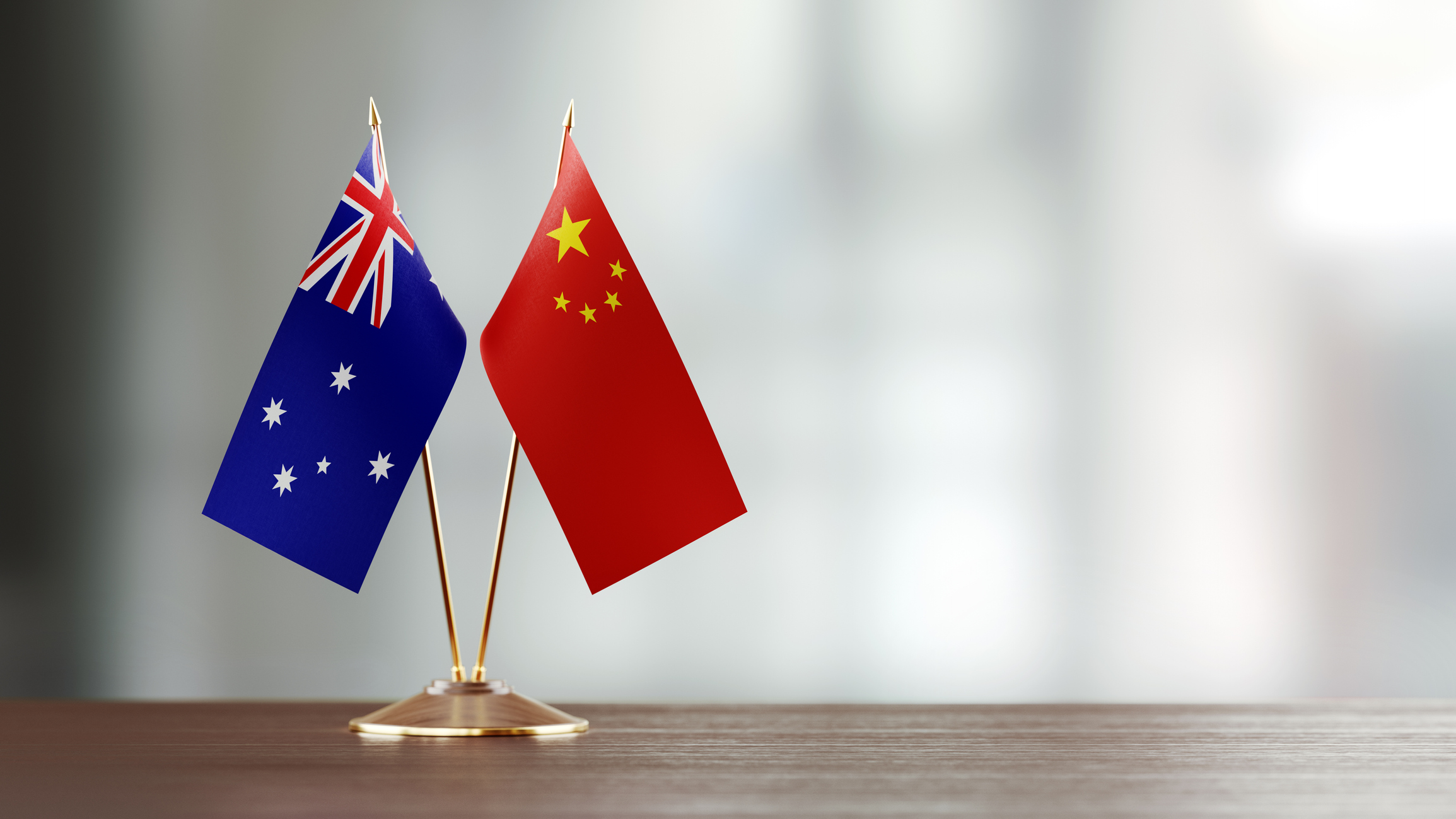Monsters of Rock: As Chinese steel production approaches 2021 highs China is making more noise about controlling iron ore prices

Pic: MicroStockHub/iStock via Getty Images
- China’s steel production numbers rose to levels just below 2021 peak in May, up 4.1% to 96.6Mt
- Iron ore prices remain above US$130/t
- In a move designed to gain control over iron ore prices, reports suggest Beijing wants to establish central iron ore buyer by end of year
Chinese steel production numbers were off the charts in May, hitting levels not seen in ten months despite a whole host of headwinds.
They include lockdowns in major industrial centres including the trading hub of Shanghai and steel city of Tangshan and weakening profit margins for steelmakers thanks to high coking coal prices and poor downstream steel demand from the property sector.
All up China’s mills delivered 96.6Mt of crude steel last month, up 4.1% on already surprisingly strong April numbers and only 4.5% below the highest monthly total ever in April last year.
That has kept iron ore prices humming at significant levels in excess of US$130/t and opens the door for a couple of potential outcomes.
One, Chinese infrastructure investment could spark a new wave of iron ore purchasing, improving already strong demand for Australia’s key export commodity.
“China’s daily crude steel output rose again in May and is only 4.5% below the peak observed last April,” Commbank metals and mining expert Vivek Dhar said in a note today.
“The rise in steel output suggests that infrastructure spending is having a positive demand impact in the steel sector. We expect infrastructure spending to ramp up even more aggressively due to the easing of China’s COVID‑19 lockdowns and restrictions.
“That’s largely underpinned by China’s local government special bonds, which are the main vehicle to fund infrastructure projects.”
Alternatively, the rapid an unexpectedly high pace of China’s steel output has raised questions about whether environmental curbs will be placed on the industry to keep output below 2021’s 1.03Bt, after similar measures last year sent prices tumbling from US$237/t to US$87/t in just six months.
“Iron ore prices though face the additional headwind of policy to keep China’s crude steel output lower in 2022 relative to last year,” Dhar said.
“The same policy led to the collapse in China’s daily crude steel output through most of H2 2021.
“For China’s steel output to match production levels from last year, daily steel output will need to average 2.79Mt/day from June to December. That’s well below May levels and suggests that steel output may have to be restrained later this year, especially if China’s daily steel output remains close to April levels over the next few months.
“We’re now more comfortable with our forecast for iron ore prices to fall to $US100/t by Q4 2022.”
Could China use other measures to control the price?
The Financial Times reported today that China’s industry lobby the China Iron and Steel Association, along with government authorities and major State owned steel companies like Baowu, Minmetals and Chinalco (owner of almost 15% of Rio Tinto (ASX:RIO)) were hoping to set up a centralised buying group by the end of the year.
According to the report the purchasing body would negotiate directly with miners on behalf of local steel companies, giving Chinese authorities more power in setting prices.
Beijing reputedly hopes to use that as a new way to get a grip on iron ore prices, which have been extremely volatile over the past two years and have recently seen steel mills run into the red amid a margin squeeze from high energy and material prices.
The common riposte from Chinese authorities is that speculators are responsible for those rapid price movements, but more than anything China’s efforts to stimulate its economy with credit for property and infrastructure investment has been a driving force.
Still iron ore production is highly concentrated, with the vast bulk of the world’s iron ore sold by just four companies, BHP, Rio Tinto, Brazil’s Vale and Fortescue Metals Group (ASX:FMG).
While China buys around 70% of the world’s seaborne iron ore, most of it from Australia, it has long been concerned pricing power sits in the hands of the Australian majors since most of its steel industry is made up of smaller players.
News of the attempted price control effort sent Dalian futures lower in afternoon trade, falling 2.5%.
Iron ore miners share prices today:
UNLOCK INSIGHTS
Discover the untold stories of emerging ASX stocks.
Daily news and expert analysis, it's free to subscribe.
By proceeding, you confirm you understand that we handle personal information in accordance with our Privacy Policy.








